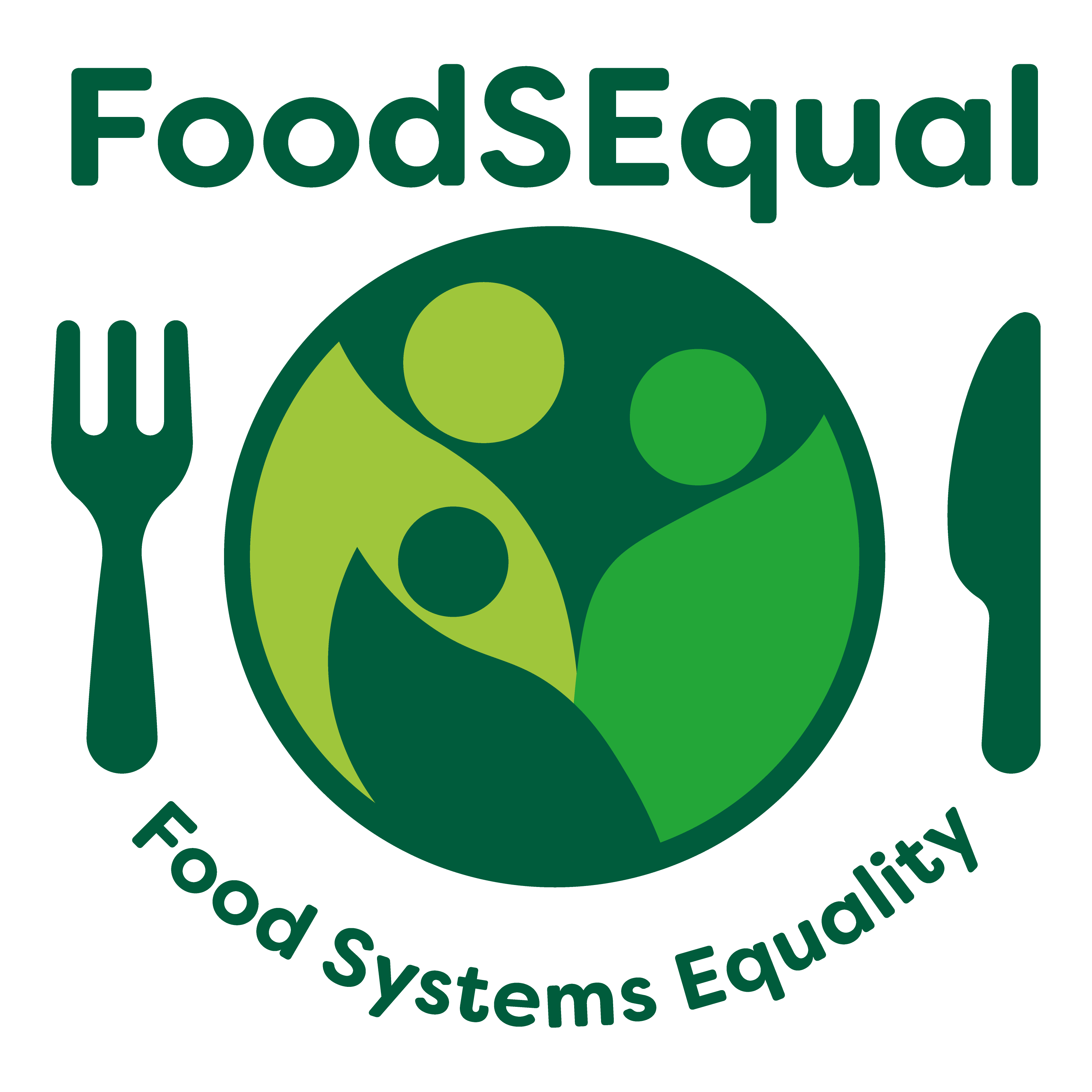The current economic climate from both an industry and consumer perspective is dire. The news is full of statistics detailing that inflation is at a 30-year high while still being on the rise. Consumers are more aware than ever of the rising cost of living, including food, energy bills and fuel. The food industry also must deal with these increased costs across its operations as it looks to power its factories, procure its raw materials, and ensure products can make it to consumers. The food industry along with retailers, will have to face the difficult decision on what costs can be absorbed into the business and what costs consumers will eventually end up paying for, creating the perfect storm for the rising cost of food.
Asda’s chairman spoke about consumers starting to put thirty-pound limits on shops to reduce costs. For industry, this highlights that consumer buying patterns could shift quickly. We could start to see a repetition of consumer behaviour that was expressed in the pandemic; with consumers moving towards well known and loved brands or consumers shifting towards discounters and own label products depending on category and consumer relationship with the product. Will consumers start to cut back on out of house spending, meaning less meals out and reduced on-the-go snacking? This could see food trends that had started to filter out after the pandemic come back with full force as people once again turn to at home enjoyment to save the expense of out of home entertainment and food service.
The food industry is also currently dealing with shortages and huge price rises of key raw materials like wheat and sunflower oil. Both examples have been affected by the war in Ukraine, as the country accounts for 10% of the world’s wheat market and over 50% of world trade in sunflower oil. While there are stocks of these materials available, they are a commodity that is threatened and so while food security isn’t an immediate reality, the price throughout the food supply chain has seen a quick and high rise in these materials. At times like this, industry might have to start looking at other alternatives to these key functional ingredients with agile reformulation in order to meet supply demands and keep price points at a place consumers can afford.
In reality as we look towards the future along with the rest of our living essentials, the cost of food is going to go up, as the Bank of England has warned that inflation could continue to rise up to eleven percent by autumn. This will affect consumer shopping habits, raw material cost, availability to businesses and day to day costs of both industry and consumers. The food industry will react to these circumstances the best they can and keep on producing and supplying some of our most loved products.
Lauren Pybus, Formulation Technologist, Global R&D, Pladis (FoodSEqual industry partner)


